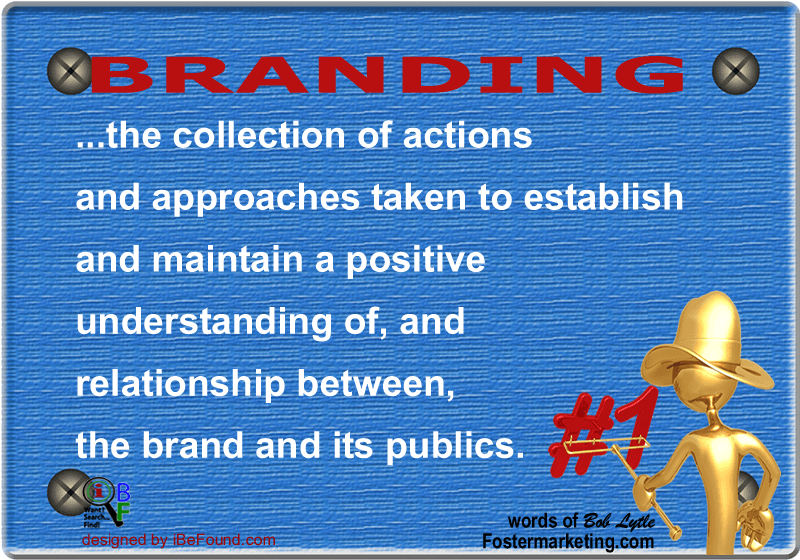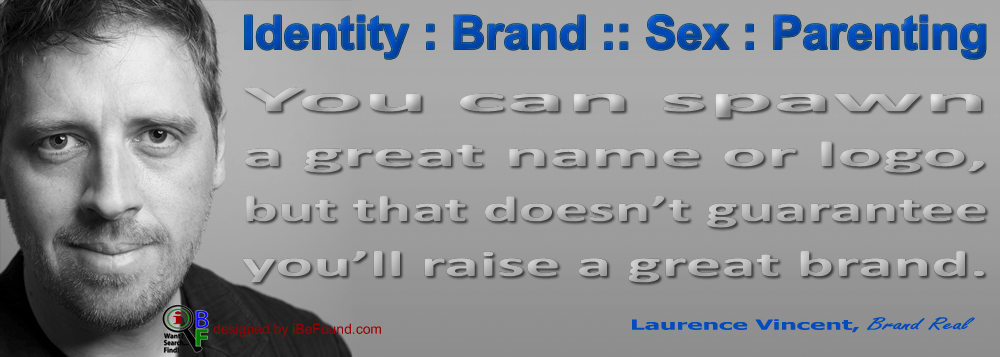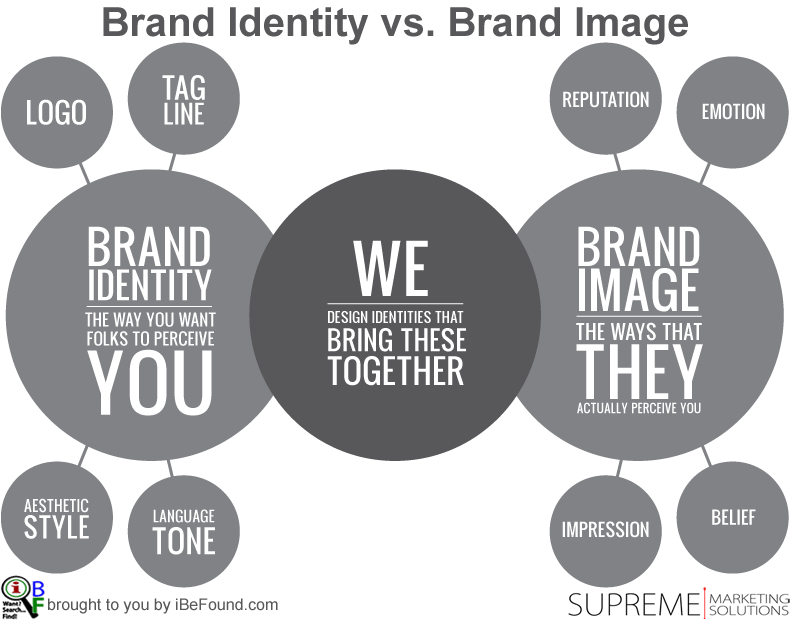- Tap for Menu
- Website Design ▼
- » Custom Website Design
- » Why Love Marketing Websites
- » Explore Website Features
- » Web Hosting Options
- » Website Design Process
- » Website Maintenance
- » Payment Options
- » Compare Website Options
- » Questions & Objections
- Portfolio ▼
- » ALL Website Examples
- » By WEBSITE TYPE ►
- » » 1PAGE Biz
- » » INTRO Biz
- » » BASIC Biz
- » » STANDARD Biz
- » » eCOM Sites
- » By BIZ NICHE ►
- » » Hospitality
- » » Product Sellers
- » » Professions
- » » Skilled Trades
- Testimonials
- Learning Center
- About ▼
- » Who We Are
- » Contact Us
Understanding Business Branding – Part 2
- Navigation
- Website Design ▼
- » Custom Website Design
- » Why Love Marketing Websites
- » Explore Website Features
- » Web Hosting Options
- » Website Design Process
- » Website Maintenance
- » Payment Options
- » Compare Website Options
- » Questions & Objections
- Portfolio ▼
- » ALL Website Examples
- » By WEBSITE TYPE ►
- » » 1PAGE Biz
- » » INTRO Biz
- » » BASIC Biz
- » » STANDARD Biz
- » » eCOM Sites
- » By BIZ NICHE ►
- » » Hospitality
- » » Product Sellers
- » » Professions
- » » Skilled Trades
- Testimonials
- Learning Center
- About ▼
- » Who We Are
- » Contact Us
A Quick Recap
In the first article in this series, we defined branding as “the process of promoting a promise of quality AND encouraging experiences that validate that promise”. We also looked at a number of benefits of branding your business.
Here’s another insightful definition of branding by Bob Lytle of Foster Marketing.
In this article, we will answer the following questions:
- What are the goals of branding?
- What are the elements of branding?
What are the Goals of Branding?
In his article, “If You Think Your Brand is Just Your Logo, Think Again!”, Lytle states that the ultimate goals of branding are to...
- establish a powerful, relevant identity in the minds of customers;
- encourage customers’ initial consideration;
- ease their purchasing decision;
- nurture an ongoing relationship between seller and buyer;
- and build pride among employees.
To better achieve these goals, we need to first answer the question…
What are the Elements of Branding?
To answer this question, we need to consider the elements that make up a brand as summarized by Tony Eades of Brand Manager in his video, “The Seven Elements of Branding”.
Now, let’s take a closer look at each of these elements.
BRAND PROMISE
A brand promise is the statement that you [business owner] make to customers that identifies what they should expect for all interactions with your people, products, services and company. ~ Jean Wilcox, co-author of Abullards ABC’s of Branding
For guidelines on developing your brand promise, see “How to Write a Killer Brand Promise that Helps You Stand Out from the Crowd” by Sue Kirchner.
BRAND IDENTITY
Brand identity is the visual and verbal expression of a brand. ~ Philip Kotler et al, B2B Brand Management, p.315 (slide #328).
“It is how the brand looks and feels”, says brand strategist and author of Brand Real, Laurence Vincent who also provides the following analogy to emphasize the distinction between brand identity and the brand itself…
He further points out that
- a brand’s identity has to link to real, value-producing behavior.
BRAND IMAGE
It is a set of beliefs held about a specific brand. In short, it is nothing but the consumers’ perception about the product. ~ MSG Experts
courtesy Supreme Marketing Solutions
BRAND STRATEGY
A “brand strategy” is a deliberate plan for how an organization hopes to shape consumer perceptions — what kind of reputation the organization wants to have. ~ The Financial Brand
BRAND POSITIONING
Brand Positioning can be defined as an activity of creating a brand offer in such a manner that it occupies a distinctive place and value in the target customer’s mind. ~ MSG Experts
BRAND MANAGEMENT
Brand management is the process of maintaining, improving, and upholding a brand so that the name is associated with positive results. ~ BusinessDictionary.com
PERSONAL BRANDING
Personal branding describes the process by which individuals and entrepreneurs differentiate themselves and stand out from a crowd by identifying and articulating their unique value proposition, whether professional or personal, and then leveraging it across platforms with a consistent message and image to achieve a specific goal.
In this way, individuals can enhance their recognition as experts in their field, establish reputation and credibility, advance their careers, and build self-confidence. ~ Personal Branding Wiki
The next article in this series will shed some light on the battle between business branding and personal branding for the business owner. Is one more important than the other? Which one should you focus on?
In the Meantime…
Check out our “Why and How of Business Branding” board on Pinterest for some more insights.
Follow iBeFound International Ltd's board Who and What of Business Branding... on Pinterest.
Time for YOUR input
- Do you agree with Tony Eades breakdown of the elements of branding?
- How would your list of elements be different?
- Business Owners: what is YOUR brand promise?
Start the Conversation with a Consultation Request!
Check Out NZ Locations We Serve
Auckland Bay of Plenty Canterbury Gisborne Hawke's Bay Manawatu-Wanganui Marlborough Nelson Northland Otago Southland Taranaki Tasman Waikato Wellington West Coast See Recent Website Design Projects
© 2014 - 2025 iBeFound Digital Marketing,
a subsidiary of iBeFound International Ltd
PO Box 321, Hāwera 4640
021 227 9922





